Whether you’ve inherited a beautiful set of cutlery or picked up some intriguing pieces at a car boot sale, you may find yourself wondering, “is it real silver?”. At Potteries Auctions, we frequently encounter people eager to learn the difference between genuine silver and silver-plated items. With silver prices remaining strong and collectors always on the lookout for quality pieces, it’s worth knowing what you have. Here’s a guide to help you identify if your silverware is the real deal.
Look for Hallmarks
In the UK, hallmarks are one of the most reliable indicators of genuine silver. Since the 14th-century, British law has required precious metals to be tested and hallmarked by an official Assay Office. On your silverware, look for a series of tiny stamped symbols, usually found on the reverse side of cutlery or the base of hollowware.
Key hallmarks to look for include:
- The Lion Passant: A walking lion indicates sterling silver (.925 purity)
- The Leopard’s Head: This mark represents the London Assay Office
- The Anchor: Used by the Birmingham Assay Office
- The Crown: Historically used in Sheffield
- Date Letter: A letter corresponding to the year of assay
- Maker’s Mark: Initials or a unique symbol identifying the silversmith
If your silverware features these marks, particularly the Lion Passant, there’s a strong chance it’s genuine sterling silver.
Perform a Magnet Test
Silver, in its pure form, is not magnetic. Gently hold a magnet near your silverware. If the item is attracted to the magnet, it’s likely made of a different metal or has a silver-plated exterior.
However, be aware that this test isn’t foolproof, as many non-silver metals are also non-magnetic. Use it alongside other methods for the most reliable results.
Examine the Colour and Shine
Sterling silver has a distinctive, slightly warm white glow. Over time, it can tarnish and develop a darker patina, which can actually indicate genuine silver. Silver-plated items often have a brighter, more mirror-like shine when new, but may reveal a different base metal underneath when worn or scratched.
Check for Wear
Silver-plated items tend to wear over time – especially on edges – revealing the base metal beneath. Inspect areas of heavy use such as knife blades, fork tines and spoon bowls. Uneven colouring or patches of a different metal are signs of plating.
Conduct a Weight Test
Silver is denser than most common base metals. Genuine silverware often feels heavier in the hand than its plated counterparts. Comparing a known sterling piece with your item can help you get a sense of the difference.
Seek Professional Evaluation
If in doubt, bring your silverware to an expert like us. At Potteries Auctions, we not only host free valuation days every week, but now that our Antique Centre is back open to the public (next door to our Cobridge saleroom), you can pop in Monday-Saturday from 10am-2pm with your silverware for a valuation using our new precious metals analyser. This ensures you know exactly what you have before you consider selling it.
It’s an indispensable tool that we’ve recently added to our arsenal, which very few jewellers and auction rooms have at their disposal. This means that we offer a valuation service that many others in our industry simply can’t. What’s more, the folks over at the Potteries Antique Centre will buy your silverware for cash on the spot!
Genuine silverware is not only valuable but also part of our cultural heritage. Authentic pieces often carry stories of craftsmanship, family history and historical significance. Knowing whether your silverware is genuine helps preserve its value and allows you to make informed decisions.
Check out some recent silver pieces we’ve sold at auction below – some are real silverware and some are chrome-plated items to help show you the difference between real and fake silver!

Don’t be fooled into thinking that shiny silver = value. Often, these pieces are chrome-plated or silver-plated as opposed to the real deal. This lot is a perfect example! Lot 720 at our February 2025 Silverdale auction was a 37cm Chrome Bibendum Michelin Man Advertising Figure with a Blue and Yellow Sash that sold for £30.
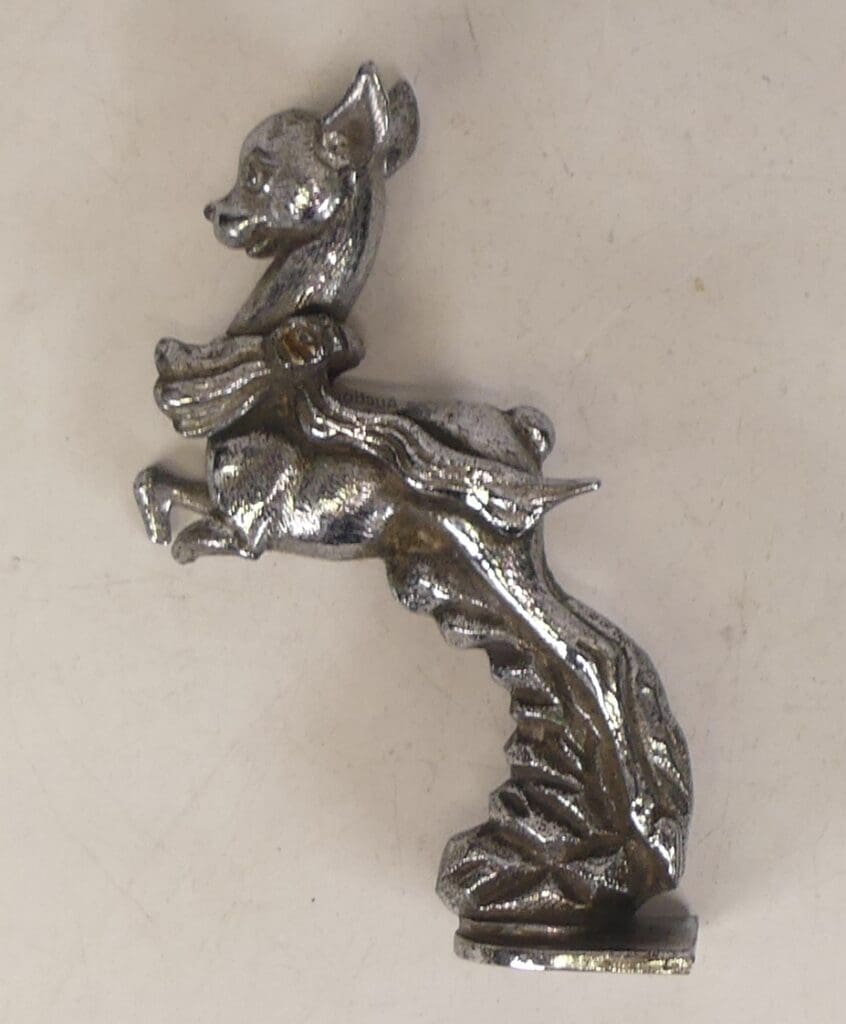
This 16.5cm Chrome-plated Babycham Car Mascot sold back at a Silverdale auction in August for £18.

You can still find value in chrome-plated items at auction. Often, collectibles and advertising items are produced in this way. Their value then usually comes from their brand or rarity, rather than the actual silver content. This Bentley Early Flying B Chrome Car Mascot is a prime example, which we sold for £70.
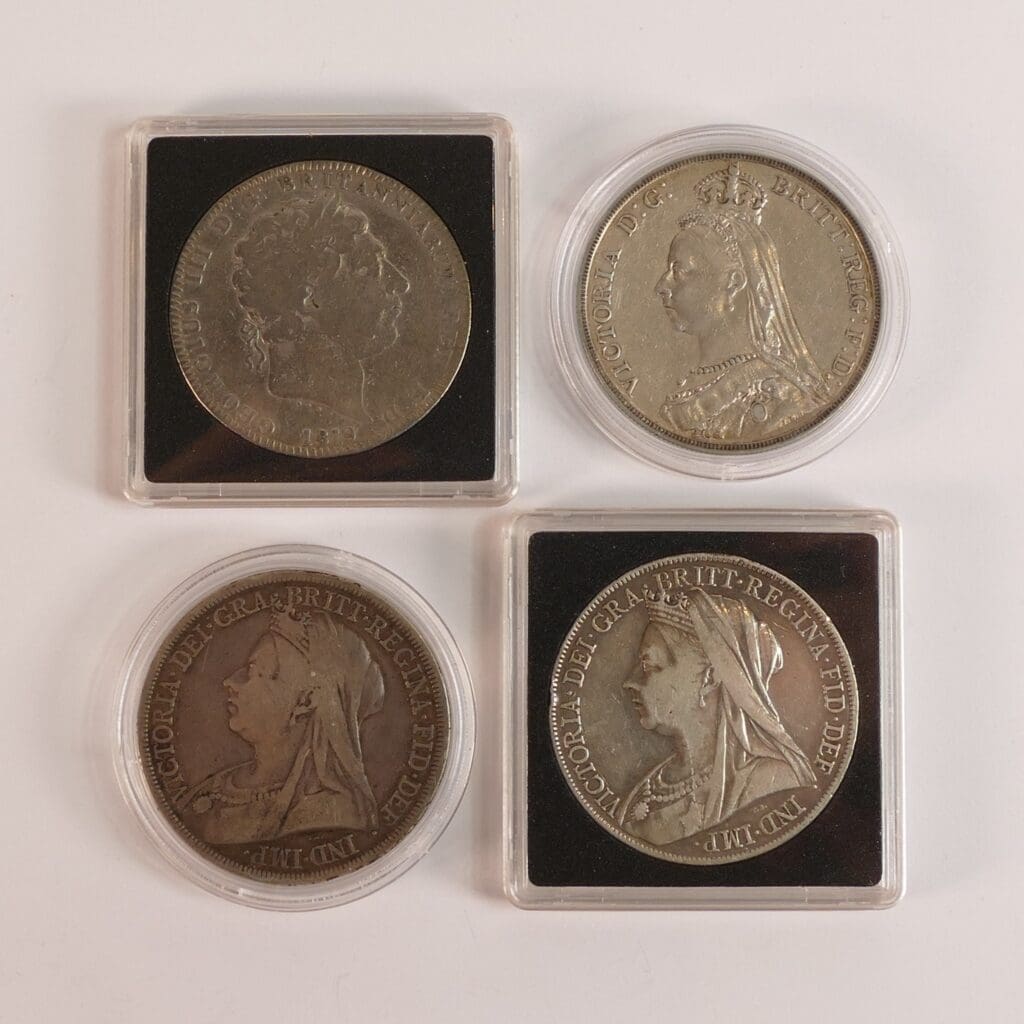
As well as not equating shiny with meaning real silver, also don’t be fooled into thinking that if a silver piece is discoloured or worn that it can’t be genuine either. This collection of four sterling silver coins sold for £140 at auction with us!
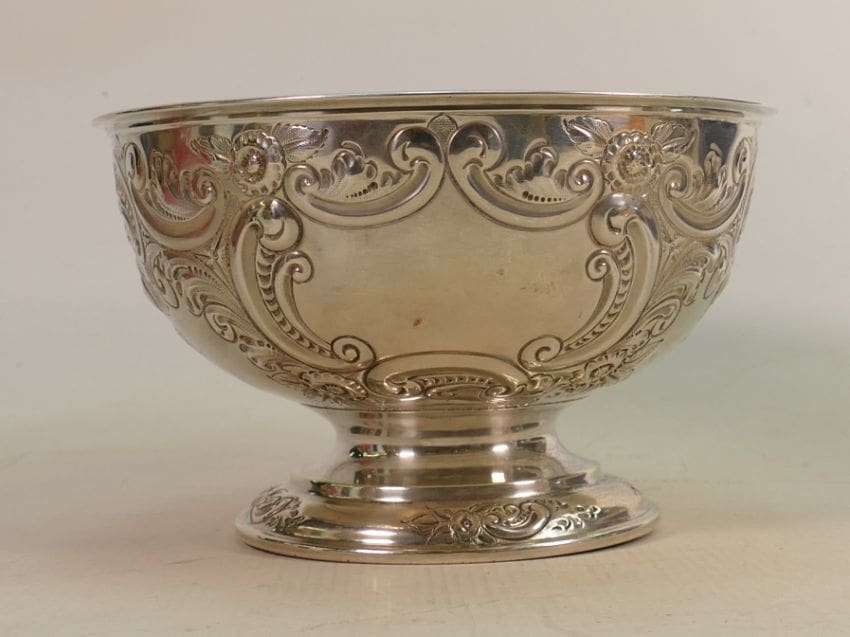
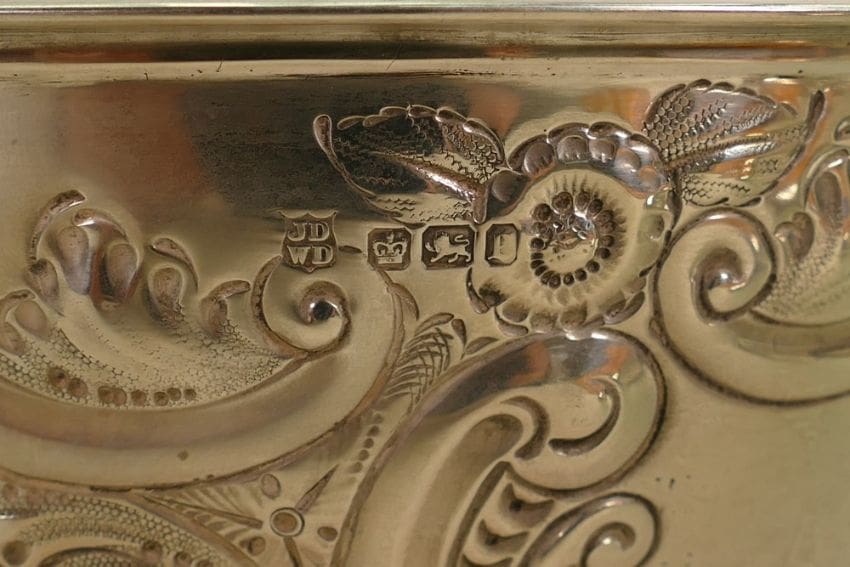
We previously sold this c1920s silver footed bowl, hallmarked for Sheffield by makers James Deakin & Sons, for £300. You can clearly see that it features some of the key hallmarks that indicate genuine silverware, such as the Crown, the Lion’s Passant and a Maker’s Mark.
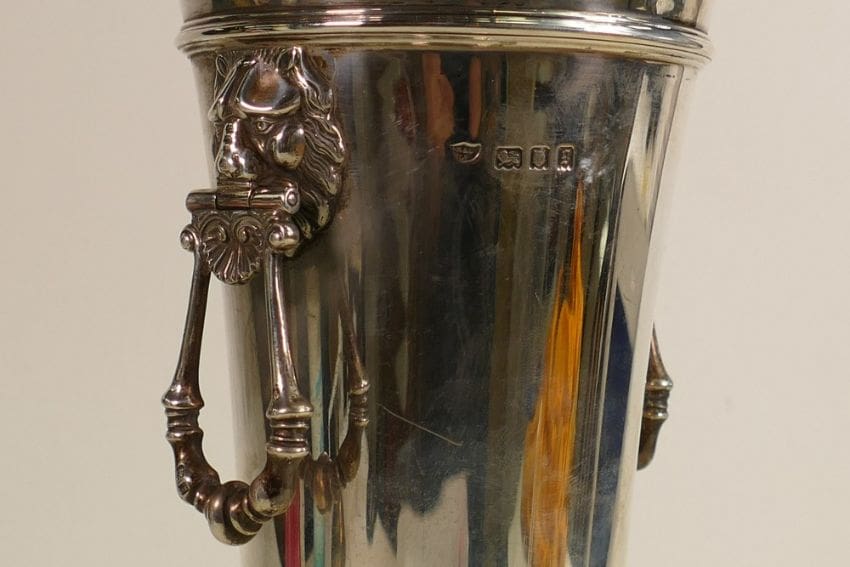
This silver two-handled vase, hallmarked for London 1922 with lion head handles, sold for £720. Again, you can clearly see some hallmarks of real silver on the back.

Hallmarked for Birmingham 1912, this silver footed fruit bowl is a brilliant example of how genuine sterling silver has a distinctive, slightly warm white glow. It sold for £720.
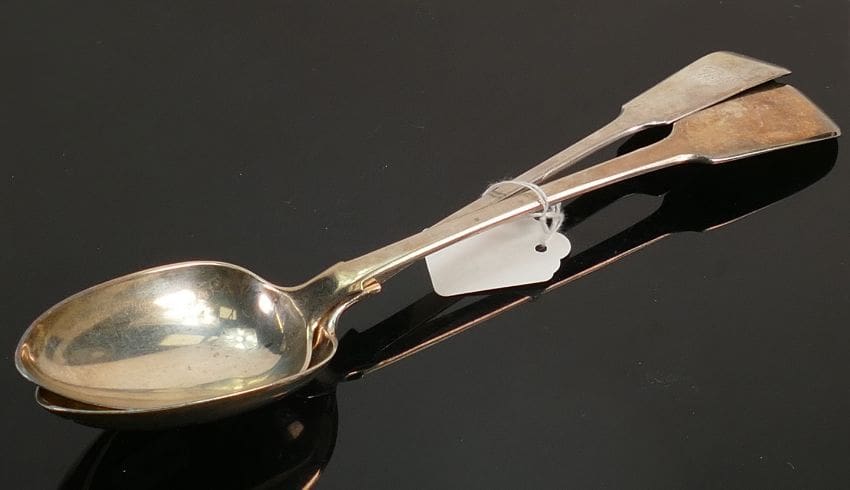
This set of two large silver stuffing or basting spoons sold for £130.
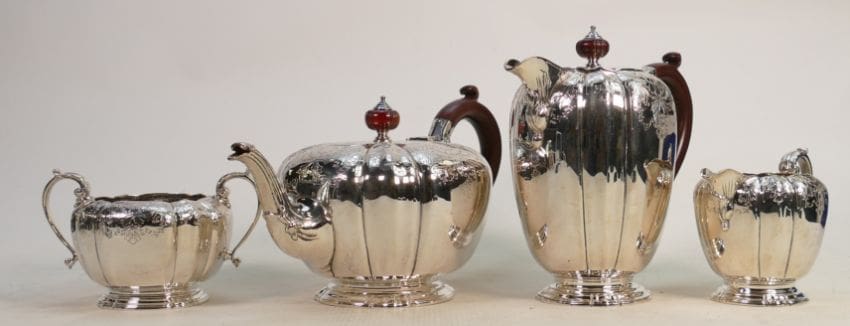
This silver four-piece decorative tea set, Hallmarked for Birmingham 1958, sold for £950 altogether.
Buy and Sell Silverware with Confidence at Potteries Auctions
If you’re looking to buy silverware at auction, then check out our upcoming auctions and scroll through the available online catalogues to see if something catches your eye. You can also subscribe to our newsletter to stay updated on all the best upcoming lots.
If you’re looking to sell your silverware items, then please get in touch with us. Free valuation days are held every Tuesday at our Silverdale saleroom or every Thursday at our Cobridge saleroom. To book an appointment, use our online booking form here. You can also email us at enquiries@potteriesauctions.com or call us at +44 (0)1782 638100.
Due to popular demand, we have also started to offer a private valuation service for premium items. Please contact us directly to arrange an appointment by emailing amy@potteriesauctions.com.
